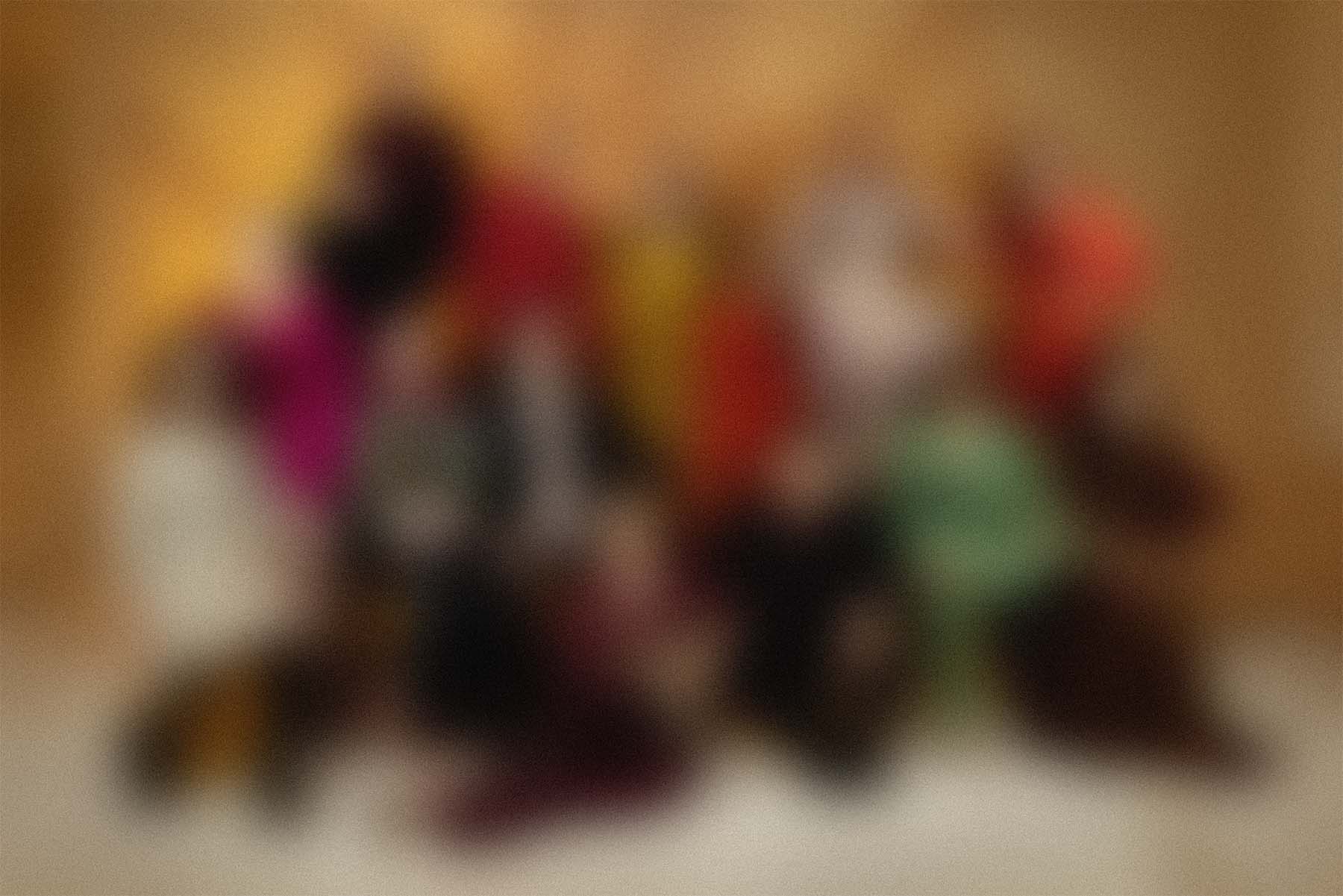Lorem ipsn gravida nibh vel velit auctor aliquet. Aenean sollicitudin, lorem quis bibendum auci elit consequat ipsutis sem nibh id elit dolor sit amet.

Mona Mekkawi is an Egyptian production designer and filmmaker currently based in New York City. Her work has gained recognition internationally, being featured in renowned film festivals such as the Cannes Film Festival, the Sundance Film Festival, and the Berlin International Film Festival. Notably, one of Mona’s recent documentaries, “Oversight,” which she designed, received three Emmy Awards, solidifying her position as one of the first Egyptian women to achieve such recognition.
Mona’s passion lies in creating immersive and authentic worlds for her stories, drawing inspiration from her diverse cultural background and personal experiences. She has a keen interest in merging history with the future, exploring themes of time, progress, and societal evolution. Additionally, Mona has a deep appreciation for the power of storytelling in exploring the complexities of the human condition and highlighting universal experiences that connect people across different backgrounds and locations.

Mona’s decision to design The Hunger Games coincides with the anniversary of the Egyptian Revolution. She draws parallels between the themes of the screenplay and the experiences of her own country’s revolution, such as resisting tyranny and fighting for personal freedoms. Mona focuses on five specific locations in the screenplay: the forest near Katniss’ home, the Justice Building in District 12, the Triumphal Avenue in the Capital, the Colosseum, and the artificial forest where the Hunger Games occur.
Mona’s design narrative is told from Katniss’ point of view, highlighting her transformations throughout the story. She incorporates elements from Middle-Eastern and North African locations, such as palm trees and Islamic architectural details. The stark contrast between the oppressed District 12 and the opulent Capital is emphasized through the use of different architectural styles. The author aims to create a visual narrative that immerses the audience in the urgency and desperation experienced by Katniss and the other tributes. She intentionally designs sets that appear welcoming but are actually deceitful, mirroring the political games and oppression of the Capital. The Triumphal Avenue and the Colosseum represent the collision of the two worlds, showcasing architectural elements of strength, shock, awe, and wealth.
Gary Ross, Suzanne Collins, Billy Ray
For me, as an Alien myself, the film ‘ALIEN’ tells the story of a creature born in a human ship, subjected to torture, hunted, and eventually killed by Ripley, the crew member it had developed a connection with.
I have designed a set for Ripley’s escape shuttle, the Narcissus, where the climactic face-to-face encounter between Ripley and the Alien takes place. The pane of glass that separates them serves as a symbolic connector, representing their similarities and differences. Both characters fear each other due to their understanding of the other’s capacity for violence. This instinctual drive to kill anything perceived as ‘other’ unleashes the true horror of the film, revealing the darkness within the human soul under stress.
The initial image I envisioned was ‘LIGHT IN SPACE,’ which has become a significant emblem of life and death in this story. Failure to reach the distant light, the destination, signifies certain death.
Light and darkness are recurring motifs in ‘ALIEN’ and are closely associated with glass throughout the film. These elements have shaped my design choices.
In creating the spaces and characters for this story of mothering and murdering, I have incorporated visual elements such as light/dark contrasts, glass, ovals, embryonic sacs, cocoons, and birth canals. Through this visual approach, I hope to present the alien from a different perspective, beyond its portrayal as a mere monster, highlighting its beauty and luminosity.
My design can be understood as “Gatsby’s point of view.” It’s a naïve vision. The dream of a man who is betrayed and who dies without seeing either event coming. To make the audience feel his loss, I think it’s essential, first, to show the audience his dream. Intact. And nothing in the novel (or screenplay) exemplifies Gatsby’s dream more than his famous mansion.
So I’ve chosen to design a very large built set that has three key elements: a Loggia with statuary, a Winter Garden, and the Bedroom. I’ve used the Biltmore estate in North Carolina as my inspiration and my jumping-off point, and I’ve placed my built set within the famous residence, but I’ve moved elements around to suit my storytelling needs.
In poetic terms, I see the three interconnecting spaces in my set as a web of attraction, spun by Gatsby in order to seduce and keep Daisy.
THE LOGGIA:
The characters enter the set via a massive hallway with a rhythm of windows and grotto-like niches, which contain classical statuary – like a row of hostesses welcoming the only guest they’ve been arranged for: Daisy. Like Gatsby, I see them as “waiting” for her. On the afternoon when she first visits the mansion, it seems to Gatsby that her every footstep nourishes his home with life. And the space does brim with life: the air flows in from the open window, the water shimmers at the end of it, and there are endless flowers and a view of the ocean beyond. When the light shifts to sunset, so does everything in the pale marble space. Even Daisy herself – in her champagne silk dress – becomes one with the room and with nature
THE WINTER GARDEN:
At the end of the Loggia, also waiting for Daisy, is the vaulted marble space I call the Winter Garden. Its gothic ceiling is directly inspired by the ceiling of the Winter Garden on the first floor at Biltmore. I chose it because it looks like a spider crouched above the pool below it. My notion is that as the charms of the room begin to fade away for Daisy, she will come to realize that the space looks like a spider and that Gatsby does indeed want to catch her in his web of Love and Money and Thwarted Romance. And, as we know, she never returns to the room after she returns to Long Island from the Plaza Hotel. (And to continue this Spider metaphor, I connect Daisy herself to a spider, a Black Widow, at the end of the story. I envision an overhead shot of the pool filling with Gatsby’s blood – as if Daisy had killed him (and Myrtle) after their mating!)
THE BEDROOM:
To the right of the Winter Garden space, I’ve placed a cozy bedroom with two steps leading to a platform on which the bed rests. The decorative mode of the room draws from Art Deco. There is a glass ceiling at the top of this room, too, and there are two large, leaded-glass windows that also recall the intersecting lines of a spider web. Everything in this chamber is champagne and blush pink. As the afternoon of their first meeting wears on, the champagne colors become more and more “rosé” – as if the liquid were becoming mixed with blood! Daisy is always watching her reflection on the reflective surfaces of this web. Gatsby, I think, has made all the color choices for her based on a memory of their first dance when she wore a gown of champagne silk.